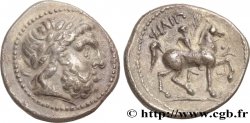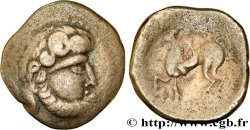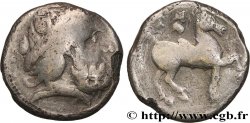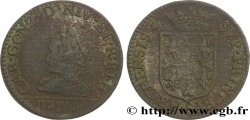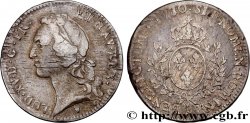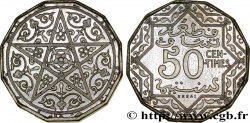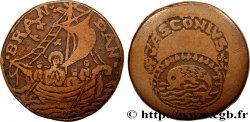bga_959319 - DANUBIAN CELTS - TETRADRACHMS IMITATIONS OF PHILIP II AND HIS SUCCESSORS Tétradrachme
250.00 €约 1960.00 CNY
数量
加入购物车

种类 Tétradrachme
日期: (IIe-Ier siècles avant J.-C.)
材质 silver
直径 24 mm
模子方针 2 h.
重量 12,58 g.
稀少度 R2
关于品相的说明
Monnaie idéalement centrée. Joli portrait de Zeus, bien venu à la frappe. Revers agréable. Patine grise
出版目录中的项代码 :
正面
正面的文字 ANÉPIGRAPHE.
正面的说明书 Tête laurée de Zeus à droite ; grènetis.
背面
背面的说明书 Cavalier au pas à droite, tenant une palme de la main droite ; le cheval lève l'antérieur à droite ; entre les jambes du cheval, une torche.
背面铭文 FILIP - POU
评论
Si le statère d’or de Philippe II de Macédoine a servi de prototype à de nombreuses imitations gauloises, le tétradrachme n’a pas été imité en Gaule, mais reste principal sujet d’inspiration des monnaies pour les Celtes du Danube (LT. 9697-9767, 9768-9832, 9618-9630, 9870-9886). Les premières imitations furent frappées dans le premier quart du IIIe siècle avant J.-C. La fabrication des copies serviles, puis des imitations, enfin des frappes celtiques continuèrent pendant plus de deux siècles.
Cet exemplaire est d’un très bon style, encore très proche du prototype.
Cet exemplaire est d’un très bon style, encore très proche du prototype.








 对产品描述纠错
对产品描述纠错 打印
打印 分享我的选择
分享我的选择 提问
提问 Consign / sell
Consign / sell
 产品介绍
产品介绍